Description
This is William Tyndale’s final New Testament translation of 1535, completed just before he was captured, imprisoned, and executed in 1536. Tyndale’s friend John Rogers published his New Testament in a very important Reformation Bible called the Matthew Bible in 1537. Rogers also added commentaries called “The Notes.” He was martyred in 1555, burned at the stake in Smithfield, England.
The October Testament contains the full New Testament of William Tyndale, some of his prologues to the gospels and epistles, and John Rogers’ notes, all gently updated by Ruth Magnusson Davis.
In 2009, Davis founded the New Matthew Bible project, dedicated to gently updating the Matthew Bible for today. In early 2016, the New Testament was published as ‘The October Testament.’ This leather edition contains emendments through to October, 2018. Her gentle editorial hand in the work is almost unnoticeable. Tyndale continues to shine through and Rogers’ style in his annotations is distinctly his.
Readers comment repeatedly on both the flow and the clarity of the New Matthew Bible scriptures, and also on the beauty of the original style, which Ruth has retained. Because the Matthew Bible was the primary source of the King James Version, readers will find much that is familiar here, but will find it much easier to understand than the KJV. (Computer studies have shown that the New Testament of the King James Bible is 83% taken from the Tyndale in the Matthew Bible.)
The wine-colored cover of the October Testament is symbolic of the blood with which this Bible was bought. The name ‘October Testament’ recalls Martin Luther’s ‘September Testament.’ More significantly, however, just as the advent of October signals the approach of the end of a calendar year, so it also reminds us that the year of the Lord is drawing on to its close.


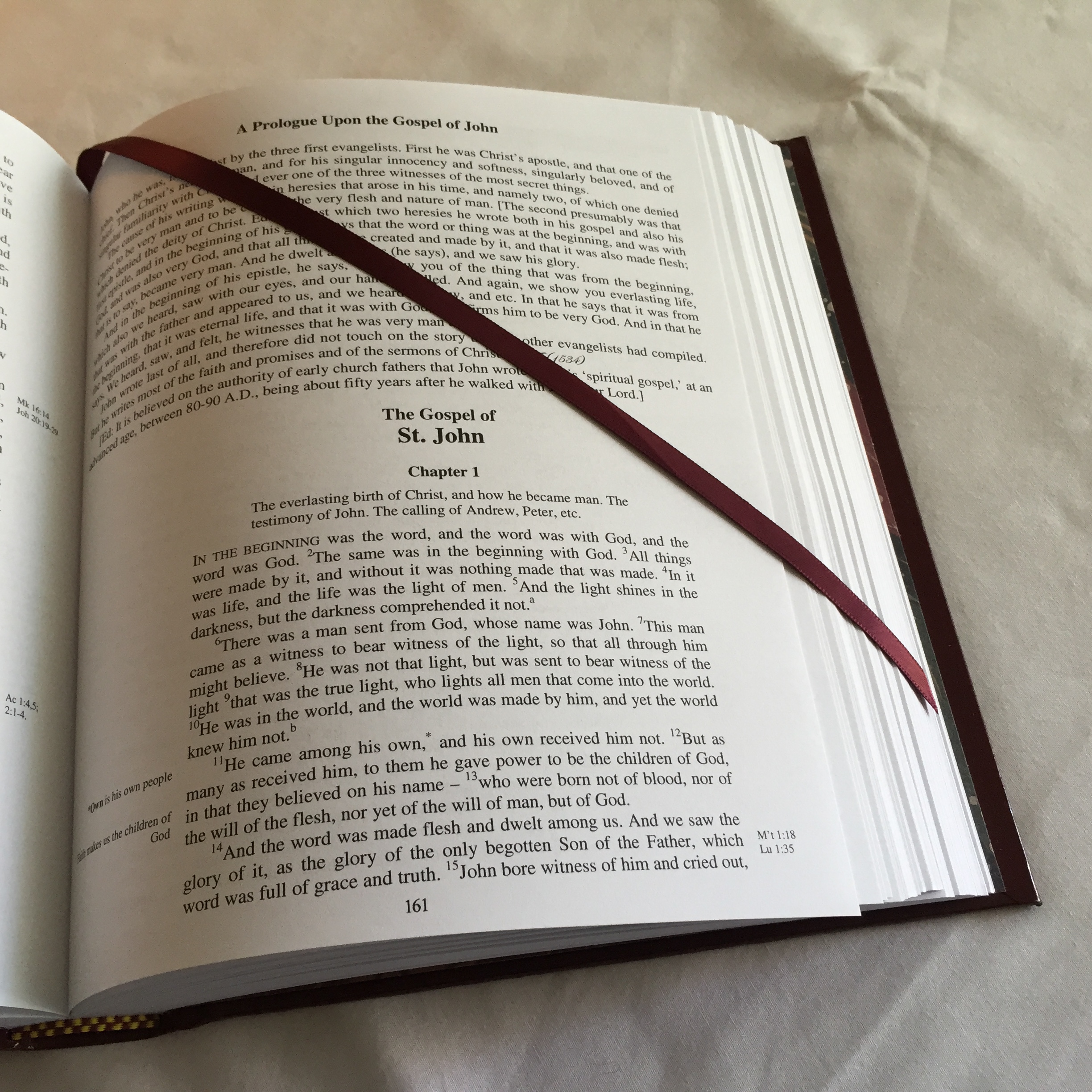
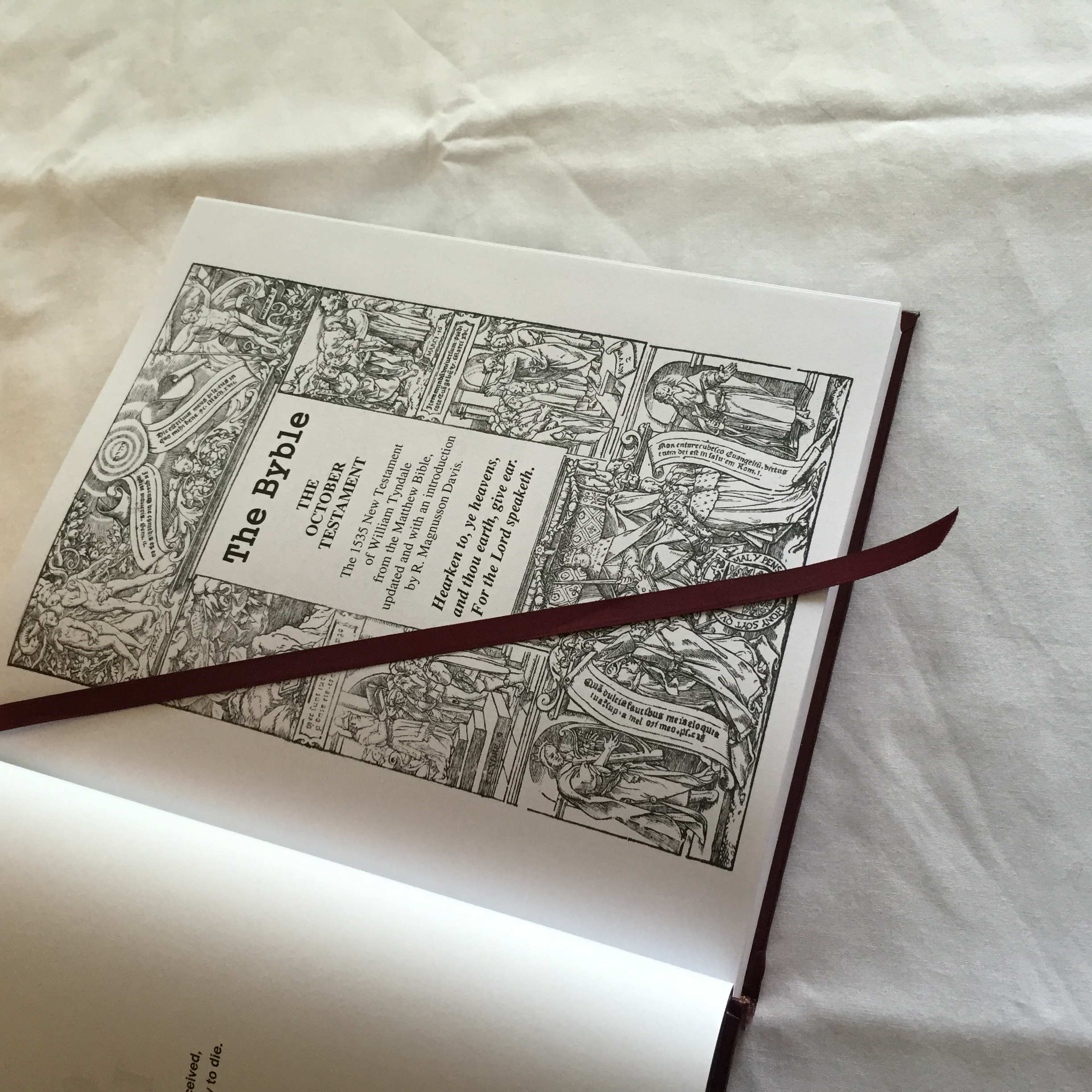

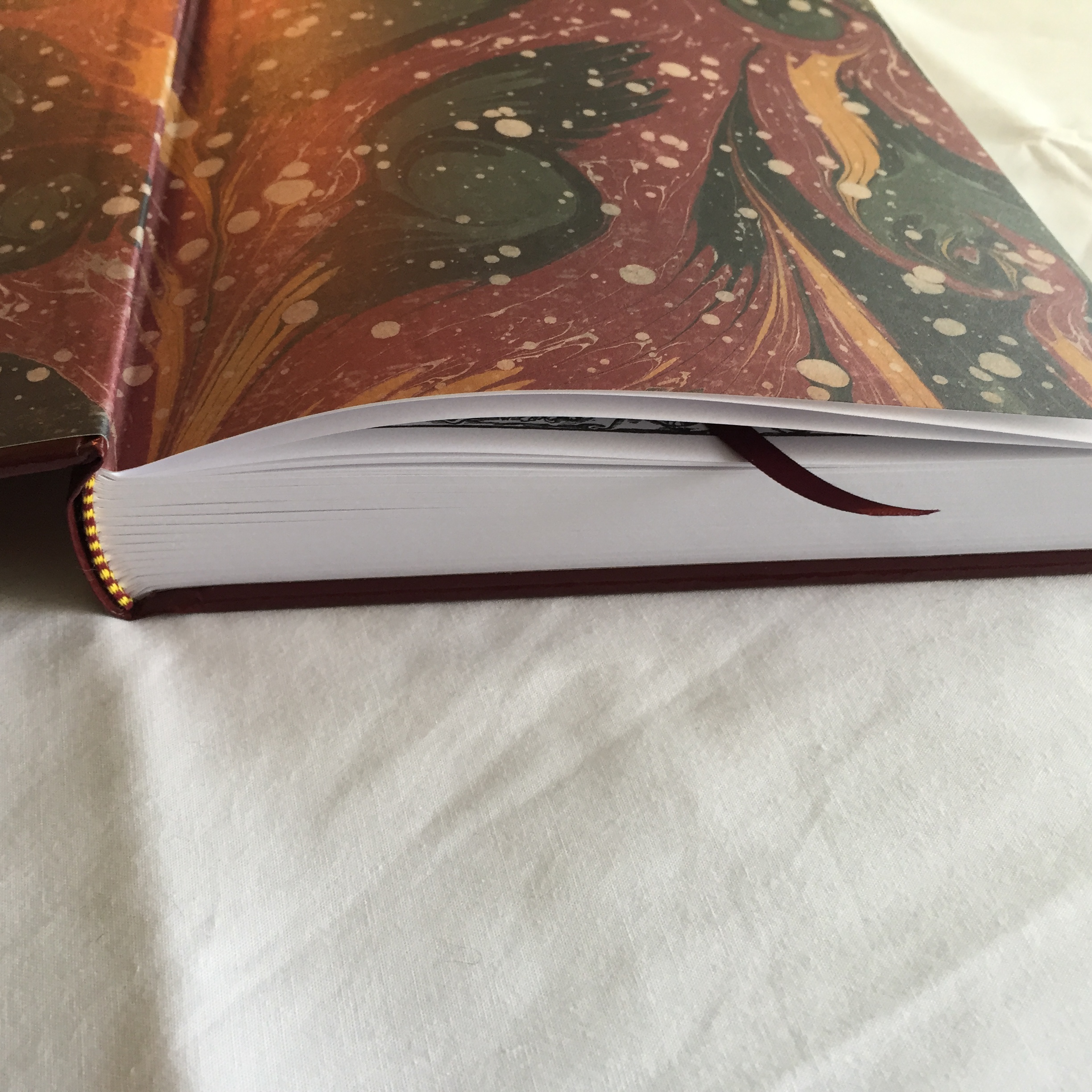
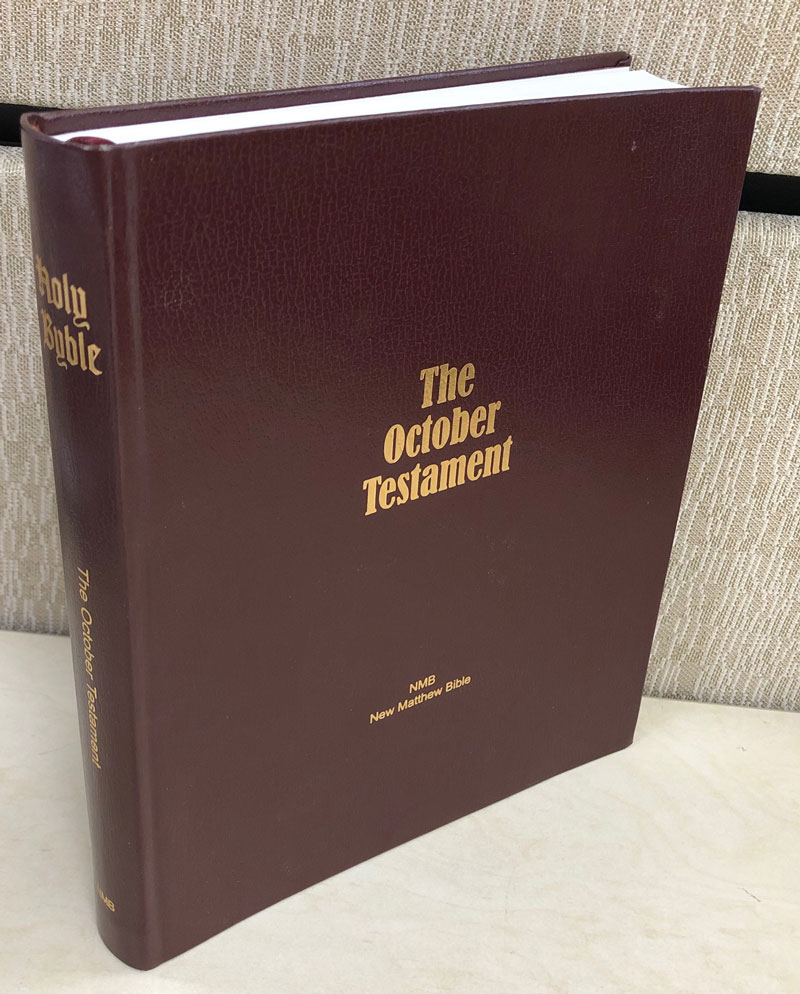
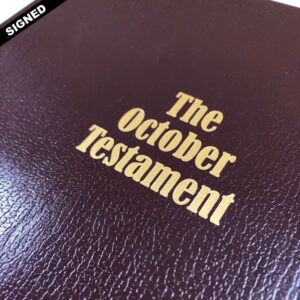
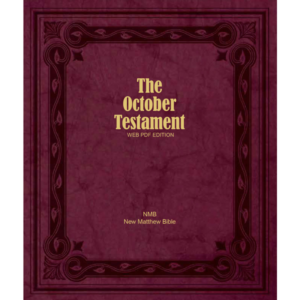

Reviews
There are no reviews yet.